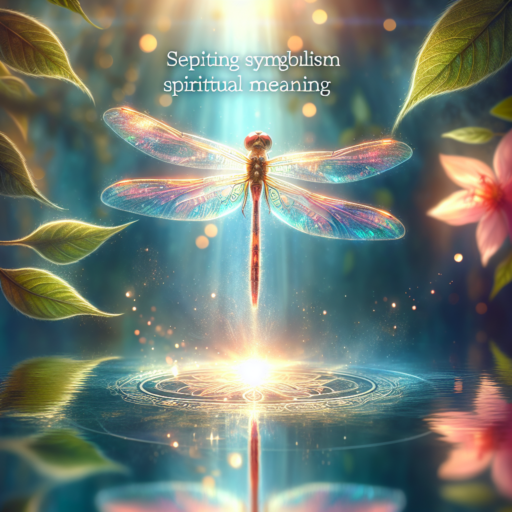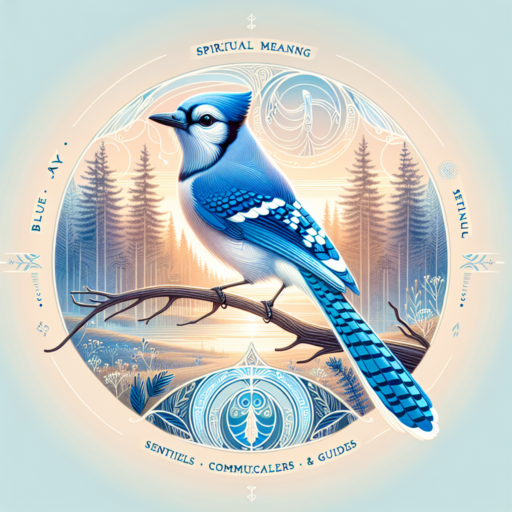Introduction to the Spiritual World of Spiders
The spiritual meaning of spiders has fascinated cultures around the globe for centuries. As creatures that weave intricate webs, spiders have captured the imagination of storytellers, shamans, and philosophers alike. This article explores the ancient symbolism of spiders and how their mysterious presence continues to offer life lessons in the modern world.
Contrary to the common fears many people harbor about these eight-legged beings, spiders are revered in many traditions as symbols of creativity, patience, and interconnectedness. Their very nature—delicate yet deadly, intricate yet simple—mirrors many aspects of our lives, prompting us to look deeper into the mystical significance of spiders and what they can teach us about balance, renewal, and the art of weaving our own destiny.
Throughout history, the figure of the spider has represented far more than a mere arachnid. It embodies the idea of being the architect of one’s own fate, reminding us that with careful planning, patience, and creativity, we can build webs that bind our dreams with reality. In this comprehensive discussion, we will delve into various aspects of the spiritual symbolism of spiders by examining myths, legends, psychological interpretations, and practical lessons that they provide.
Ancient Symbolism and Mythological Roots
Many ancient cultures held the spider in high regard, integrating its image into their mythologies, art, and spiritual practices. Let us explore several cultural interpretations and the enduring spiritual significance of spiders in traditional belief systems:
Native American Traditions
In many Native American communities, the spider is synonymous with creativity and the power to spin dreams into reality. The spider is seen as a creator figure—an animal with the ability to teach us about the art of weaving our lives with intention. For instance:
- Weaver Worm of Fate: In some tribes, the spider is a representation of the woman who weaves fate, symbolizing the power inherent in creativity and resourcefulness.
- Spider as a Trickster: In other traditions, the spider adopts the role of a trickster figure, challenging conventional thinking and prompting a re-evaluation of life’s twists and turns.
- Connection to the Dream World: Many Native American legends suggest that the spider acts as a guardian between the physical and spiritual realms, weaving dreams that bridge these two worlds.
The Native American perspective emphasizes that every thread of the spider’s web represents a delicate balance between destiny and free will. This concept provides profound insights into life lessons about the randomness and intentionality of the universe.
African and Yoruba Symbols
Moving over to western Africa, particularly within Yoruba mythology, the spider—often associated with the figure of Anansi—is a storyteller, a trickster, and a keeper of wisdom. Anansi, a figure whose cunning and cleverness have made him an essential character in folklore, is celebrated for:
- Telling Tales of Morality: Anansi’s adventures offer profound teachings on virtues like persistence and cleverness, encouraging individuals to face life’s challenges with ingenuity.
- Bridging Social Orders: His narratives often explore the balance between the natural order and human society, showcasing the need for balance and harmony.
- Bringing Light to Darkness: As a figure who often escapes dire circumstances through quick wit, Anansi represents the triumph of creativity over adversity.
The sacred spider meaning in Yoruba culture is a testimony to the idea that every problem has a solution if approached with enough creativity and resourcefulness.
Celtic and European Lore
In European folk traditions, the spider is often seen as a symbol of patience and determination. In Celtic folklore, for example, spiders remind us that every intricate web is built by taking small, deliberate steps, much like the journey towards self-realization.
The image of a spider patiently spinning its silken web represents the concept of balance between effort and grace. In this context, the spiritual symbolism of spiders in Celtic lore transcends mere superstition—it becomes a metaphor for the process of creation and the recognition that:
- No good work comes without effort: Every strand in the web is a testament to the time and care invested in its creation.
- The beauty of intricate design: Just as each thread is interconnected, every moment in our lives contributes to the grand tapestry of our existence.
- Patience as a virtue: Every detail in the spider’s artwork is achieved through perseverance and mindfulness.
The Metaphor of the Web: Weaving Life’s Tapestry
The spider’s web is one of the most enduring images in spiritual and symbolic studies. It is in this delicate network that we find rich metaphors for the nature of life, growth, and understanding. The art of web-spinning is not merely a natural phenomenon, but a symbolic guide to many of the life lessons that we often need to internalize.
The mystical significance of spiders can be observed in the natural symmetry, complexity, and inherent beauty of the web. Consider the following interpretations:
Interconnectedness and the Unity of Life
One of the central themes in the symbolism of spiders is that of interconnectedness. Much like the intricate lines of a spider’s web, every part of our lives, relationships, and decisions is interwoven with one another:
- The Web of Destiny: Many spiritual traditions speak of fate or destiny as a web that connects all beings. Our lives, events, and encounters are not random; they are threads woven together by the cosmic loom of existence.
- Community and Support: Just as the web functions as a single entity with every thread supporting the other, communities thrive on the support and compassion shared among individuals.
- Cause and Effect: The intricate design of a web reminds us that every action has a corresponding reaction and that even the smallest decision can influence the entire structure of our lives.
In this way, the spiritual symbolism of spiders encourages us to see the bigger picture and appreciate the interconnected nature of our choices and relationships.
Creativity and the Art of Weaving One’s Destiny
Just as spiders craft their webs with astonishing precision and creativity, we are encouraged to craft our lives with the same level of care and detailed artistry. The process of spinning a web is a testament to the power of creative thought:
- Intention and Focus: Each thread represents a deliberate choice, echoing the idea that our actions are deliberate strokes in the fabric of our destiny.
- Beauty in Imperfection: Even though a web might appear delicate or imperfect, its function is vital. Similarly, our imperfections hold unique beauty and purpose.
- Transformation and Renewal: The act of shedding old silk to craft a new web symbolizes the cyclical nature of life and the importance of renewal.
This metaphor extends beyond aesthetic value—it also offers practical insights into how we can rebuild our lives by focusing on intentional, creative, and thoughtful actions.
Practical Life Lessons Derived from Spider Symbolism
The spiritual symbolism of spiders goes far beyond myth and metaphor. It provides us with a trove of practical lessons that we can integrate into our everyday lives. Below are some of the core lessons encapsulated by the arachnid world:
Patience and Persistence
One of the most prominent teachings of spiders is the crucial role of patience in the pursuit of our goals. Just as a spider carefully constructs its web strand by strand, we must often work slowly and deliberately towards our objectives. This process involves not only persistence in the face of adversity but also the willingness to pause and reassess our paths.
Embracing the spiritual meaning of spiders in this context reminds us that:
- Success is a gradual process: Much like the painstaking construction of a web, significant achievements require time and iterative effort.
- Every setback has value: A web may need to be rebuilt after being shattered by the wind, and similarly, our failures teach us resilience and humility.
- Steady effort leads to beautiful outcomes: The final structure may appear delicate, but it is a masterpiece born of consistent perseverance.
Adaptability in the Face of Change
Spiders are known for their adaptability. They are able to rebuild their webs repeatedly and modify their techniques according to their environment. In our lives, adaptability is a key to surviving and thriving amidst change. The lessons here include:
- Embracing Change: Just as a spider does not cling to a damaged web, we must learn to let go of what no longer serves us and create new pathways.
- Resourcefulness: The art of rebuilding is a literal manifestation of using available resources creatively, which can inspire



